The Definitive Guide to Point and Figure
$25.79
| Author(s) | |
|---|---|
| Product Type |
Ebook |
| Format |
|
| Skill Level |
Intermediate to Advanced |
| Pages |
540 |
| Publication Year |
2012 |
| Delivery |
Instant Download |
The Definitive Guide to Point and Figure by Jeremy du Plessis is the most authoritative, comprehensive, and respected resource on the Point & Figure (P&F) charting method. Written by one of the world’s leading experts in P&F analysis, this book explains the full theory, structure, construction, and practical application of P&F charts—from foundational concepts to advanced techniques used by professional technical analysts.
Unlike traditional time-based charts, P&F charts filter out market noise, focusing solely on meaningful price movement. Du Plessis explains how price action is translated into Xs and Os, why this method reveals trend structure more clearly than candlesticks or bar charts, and how traders can use P&F signals for precise entries, exits, and breakout decisions.
The book covers trendlines, bullish and bearish counts, vertical and horizontal price targets, chart patterns, and multi-box reversal techniques. Traders learn how to identify breakouts, reversals, accumulation/distribution structures, and high-probability continuation patterns with clarity and objectivity.
Du Plessis also explores the psychological foundation behind the P&F method—why removing time from analysis produces superior clarity and why institutional traders still rely heavily on this charting style. With hundreds of charts, step-by-step examples, and real-market applications, this guide transforms P&F from a mysterious old technique into a modern, powerful trading tool.
For traders seeking structure, objectivity, and noise-free analysis, The Definitive Guide to Point and Figure is the ultimate reference that elevates technical trading to a new level.
✅ What You’ll Learn:
- How Point & Figure charts are constructed and interpreted
- The logic behind Xs, Os, box size, and reversal rules
- How P&F filters market noise to reveal “true” price movement
- Identifying breakout signals, trend reversals, and continuation patterns
- Using vertical and horizontal counts to calculate price targets
- Advanced P&F techniques: multi-box reversals, catapult patterns, bullish/bearish signals
- How to spot accumulation and distribution zones with P&F clarity
- How P&F compares with candlesticks, bar charts, and other chart types
- How to build a full trading strategy using P&F chart signals
- How professional traders use P&F for trend analysis and risk management
💡 Key Benefits:
- Noise-free charting that isolates meaningful price action
- Clear, objective trading signals with minimal ambiguity
- Perfect for traders who prefer structure and rule-based analysis
- Deep understanding of trend behavior and breakout dynamics
- Helps traders reduce emotional biases by using non-time-based charts
- One of the most complete resources ever published on Point & Figure
👤 Who This Book Is For:
This book is ideal for:
- Technical analysts looking for a cleaner and more objective charting method
- Intermediate and advanced traders who want precise breakout and reversal signals
- Market structure traders and price-action specialists
- Algorithmic or systematic traders seeking rule-based analysis
- Anyone interested in mastering P&F as a primary or secondary trading tool
📚 Table of Contents:
- Introduction to Point and Figure Charts
- Characteristics and Construction
- Understanding Patterns and Signals
- Understanding and Using Trend Lines
- Projecting Price Targets
- Analysing Point and Figure Charts
- Point and Figure Charts of Indicators
- Optimisation of Point and Figure Charts
- Point and Figure’s Contribution to Market Breadth
- Advanced Point and Figure Techniques
- Chart Examples
- Dividing your Stocks into Bullish and Bearish
The Definitive Guide to Point and Figure By Jeremy Du Plessis
31 reviews for The Definitive Guide to Point and Figure
Clear filtersOnly logged in customers who have purchased this product may leave a review.

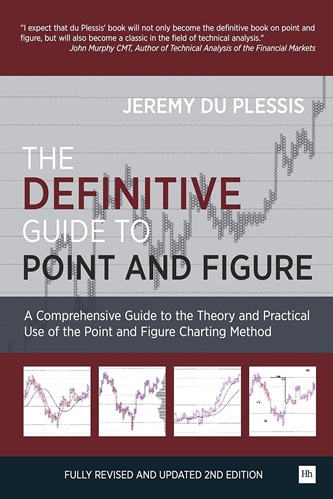
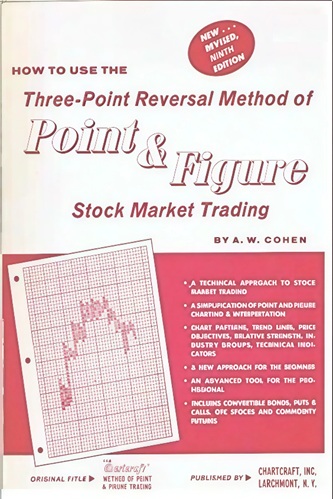
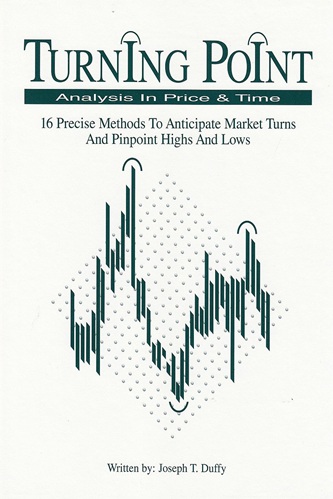
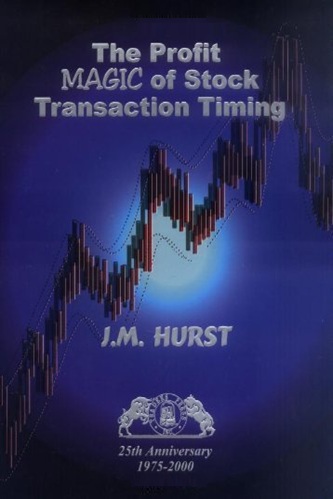
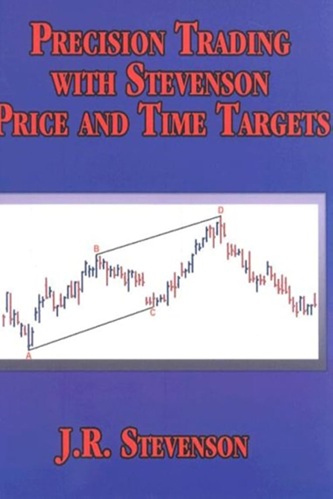
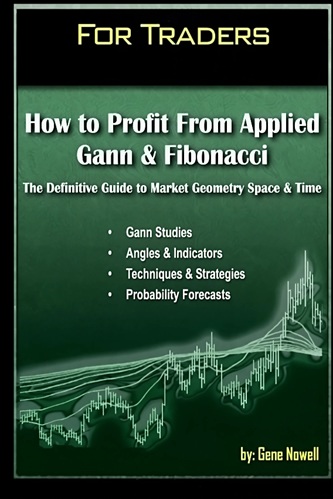

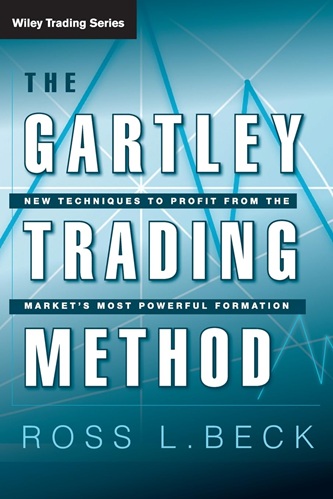
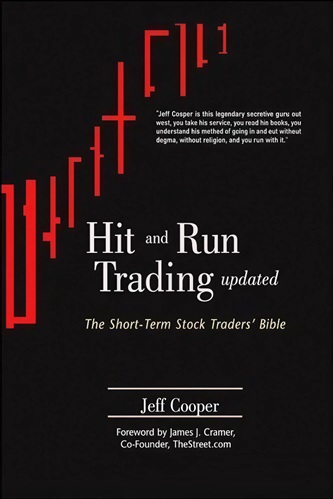
Bo Weaver (verified owner) –
In a lot of these technical analysis books, especially those in the higher price ranges, the authors write in a mundane academic style. Mr. Duplessis writes in a very clear manner, with even a bit of humor thrown in. He take a simple subject that many make complex and keeps it simple. When it comes to technical analysis to me P&F reigns supreme, since learning P&F coupled with a couple of other indicators you can make consistent money as long as you don’t go for that elusive home run that sets you back. (Speaking from experience)
Watson Bradley (verified owner) –
Clearly this writer knows his subject. The title says definitive and that’s what it is. In my opinion this is a seminal work on the subject.
The structure is generally good. It starts with an introduction to technical analysis which I guess is too short and too basic and could have been left out. The beef starts with the chapter on the history of Point & Figure charts. The chapter is enlightening and informative. Next is characteristics and construction which explains what makes a PF chart and how it is constructed. I was surprised at how many different methods there are. The next chapter is called understanding PF and details patterns and how they are created. He concentrates on how and why there is a pattern which is good. It is also the first time I have seen the old one point reversal charts and modern 3 point charts reconciled. There is a lucid description of the way to apply trend lines and what they mean. A new technique using ‘internal lines’ is very useful. The chapters just get better and better. There is a whole chapter on targets that has for the first time explained this part of PF to me better than ever before. There is some ground-breaking detail on risk and reward ratios. I am already using these. He does a full step-by-step analysis of an English FT index as well as the Nasdaq Composite. It doesn’t stop there. A chapter on the use of moving averages, John Bollinger’s bands and Wilder’s parabolic on PF charts is clearly a new area. He covers what he calls market breadth and Bullish Percent in meticulous detail. Every step of the way he describes exactly how everything is calculated.
It is an expensive book but its hardback and its in color. That’s something you don’t ever see. There are lots example charts. The contents are detailed and the index is very good.
I like the writing style. I highly recommend it
Delilah Barker (verified owner) –
comprehensive point and figure book…
Huxley Flores (verified owner) –
One of the best for point and figure analysis.Period.
Donald Calhoun (verified owner) –
Necessary Info written in a very straight forward way. Great book and a must read for anyone in the TA field.
Thalia Marsh (verified owner) –
The title says it all. If you want the definitive guide to point & figure charts, then this is the one stop shop.
Dallas Koch (verified owner) –
If you want to learn Point and Figure as a trading tool or just to understand this charting style, this is it. All explanations, charts, and diagrams are crystal clear, simply written, and easy to understand.
Legend Klein (verified owner) –
Like……. Point and figure…..great book for technical analysis on each and every stock, indices, commodities, etc. recommanded to every analysts.
Callen Mullins (verified owner) –
The graphics are important in this book and it is not possible to really see the charts even with the zoom feature on the Fire.
Kade Roberts (verified owner) –
I bought this book based on the positive reviews, and my own interest to finally understand P&F charts. I can say that the book lived up to its high rating. Here are the key points that I personally admired:
1. The author’s passion for the subject of P&F charts permeates the entire book. He very thoughtfully takes you on a mental journey of the subject, from historical, to present, and objectively teaches you how to become a P&F trader.
2. The editor has performed one of the most thorough spelling and grammar checks I’ve ever seen. I’m sure this was quite a feat, with a book of over 500 pages.
3. After reading this book, I feel the equivalent of taking a graduate level college class – at an upscale private college that is!
It’s difficult for me to be critical in any way, but I would like to make a few comments. First, even though this is a great book, I’m not sure everyone is suited for P&F trading. However, if you were to dedicate yourself to the discipline, this book could take you there. Secondly, not all trading platforms are designed correctly for “1×1 boxes”, explored at length by the author. Fortunately I had access to TradeStation that has the option to use them correctly. Finally, there are some nifty utilities related to box counts, the author refers to. You can certainly do this manually with chart drawing tools, but if you subscribe to Updata (of which the author is a co-owner), you can get these utilities as part of that platform. The author never plugged his own organization, and I applaud him for that. However, it’s quite evident that if you want to get serious about trading P&F, you might want to consider their platform.
Kaiden Morgan (verified owner) –
Just grt into this book, and from what I’ve read its tells you the history and the methods in which it is applied,
Amani Norton (verified owner) –
I am fairly conversant in technical analysis and was looking to expand my horizons into P & F. This book, may be suitable for investors familiar with the essentials, but it is definitely not a good reference for utter beginners!
Emilia Fitzpatrick (verified owner) –
One of my favorite books on technical analysis. How easy it was to see the direction of the main price trend using P&F charts, I’ve incorporated some techniques to my trading repertoire. Will definitely sit on my trading desk.
Adalynn Rasmussen (verified owner) –
Great book – ( I’ve read a lot of trading books – over 250 )
This one is well worth the money.
Gives you another “eye” in looking at the market.
Jade Marshall (verified owner) –
I have been trading since 1975. I have never used the Point and Figure Charts. I look forward to using the techniques explained in this guide. Well explained by the author. Take the time to study this guide and reap the benefits.
Teagan Villanueva (verified owner) –
All you need to know, all you want to know. Written for easy understanding. This book needs to be on every investors book shelf. Clear out some of that junk and make a place for this one. Besure it’s easy to reach you will be refering to it a lot. I really liked the printing and binding made for years of use and referance.
Royal Long (verified owner) –
This book is written a bit like a textbook with lots of great examples and sample problems you can work through. Takes you through the history, construction techniques, and principles behind point and figure charting. The writing is clear, the author anticipates most likely misunderstandings and proactively heads them off as they arise. What I feared would be a dry treatment is surprisingly readable, even enjoyable.
Elianna Larsen (verified owner) –
The writer and information contained in the book seem very genuine. I read other books that leave you hanging at certain point but this book is real, complete and takes small investors under consideration…
Blaze Bennett (verified owner) –
Although i have renounced point and figure as a trade style this book. No this textbook literally goes into great and expansive detail about the fabled x’s and o’s. Everything from charting set ups to time frames. Anything interested should give this more than chance. A go to for sure.
Maliyah Espinoza (verified owner) –
A very well written introduction to technical analysis in the stock market. Tecnical analysis does not predict what the market will do but instead what it has done in the past (or more precisely how the buyers and sellers reacted). This in turn can lead to historic patterns of behavior. Highly recommend the book.
Will Murillo (verified owner) –
If you’re interested in point-and-figure charts, this is a great book. The author takes his time to explain everything clearly and with plenty of examples. There are no sudden jumps in logic, no sales pitches, and no promises of instant millions. This is a book written to help you understand and use P&F charts and it does exactly that. I read the book cover to cover and I now feel very confident with P&F.
Brycen Jordan (verified owner) –
I finally got this book once the seller had the foresight to lower the price by 50%. I’m a Wyckoff trader – P&F rates high in my use of analytical tools. This book goes into the bowels of analysis and explains every detail associated with the method – maybe more than needed. This book is not for a beginner. But its the best.
Mikaela Goodwin (verified owner) –
Not a disappointed customer here! I enjoyed the book very much. This is probably the most thorough book on Point and Figure that is available. The book is also written so that certain chapters stand alone if you have a basic understanding of Point and Figure. It becomes somewhat of a challenge to put the information outlined in the book into practice without having the proper software platform and data feed, however.
Josephine Chandler (verified owner) –
All other books I’ve read on P&F charts -even the original one-, they ramble around the subject and by the end of the book you know what it means, how to make the chart, visit our website for further information, and that’s it.
This books explains it all, no rambling, straight to the point, each page turned is a new learned thing, where you can put a finger on a definite, solid concept. Very scientific approach, at all times interesting and not boring at all.
As a matter of fact, I wrote my little P&F chart program with that book, as it puts a number and a formula behind every concept. Just great !!!
Galilea Fernandez (verified owner) –
I read this book because it is one of the book for MTA examination. I know nothing about point and figure chart before. This book teaches me step by step in a very clear approach. I also read the book of Thomas J. Dorsey. I feel that it would be better for beginner to read “The Definitive Guide to Point and Figure” first. It is a regret that this book does not have chinese translation version but J.Dorsey’s book does. Though J.Dorsey’s book is good also, but it would be too fast for a beginner who know nothing to read. I feel that the MTA exmination has chose the best point and figure book for us to learn.
Kaison Higgins (verified owner) –
If you are interested in Technical Analysis, and you want someone to introduce you to the ‘esoteric’ discipline (at least in todays markets) of P&F charting and trading, this is the book to get.
The author is clear, precise, and honest to a fault, showing not just the ‘good stuff’, but also where the flaws of the methodology are.
This is one of the best books I’ve ever read, and I’m not restricting myself to financial topics. I mean one of the best ever. Period. Buy it.
Vanessa Hayes (verified owner) –
Jeremy Du Plessis wrote this tome on every aspect of Point & Figure charts for stocks. It’s probably not the first book you should read on the subject. I’d recommend Tom Dorsey first, and then Du Plessis to get a better understanding on the topic. I’m still learning something new, everytime I read parts of it again.
Leighton Massey (verified owner) –
As a chartist and a student of technical analysis I wanted to improve my skills at P & F. Maybe it’s just me but this book didn’t turn me on to practice. It’s a very thorough book and the examples, incredibly numerous, are fantastic. However, at the end of the book I didn’t buy into the P & F way of looking at charts. Maybe I should let it soak in and revisit the book in a couple of years but it didn’t move me.
Paisley Rose (verified owner) –
I agree with all the other reviewers.
I also bought one of the other highly rated — and less expensive — PnF books. This $100 book was by far the better value. I wish I had bought this book first and not bothered with any other book. The other highly rated book was good but this one blows it away.
This book also has the most easy to understand explanation of technical analysis in general, for example, why support and resistance lines work.
In addition to much more than you ever expected about P&F (first time I ever knew of 1 box, 2 box, and 5 box reversals), the author puts it all together in several chapters which go step by step, column by column, through some sample charts pointing out exactly what the author is thinking at every step of the way to analyze a P&F chart.
This is one of the best stock analysis/trading books I ever bought. Just brilliant.
Bentley Heath (verified owner) –
From someone that consistently lost in the market, once you start using P & F it opens up a method of analysis that time based indicators can’t reveal. I started on this 3 weeks ago and am profitable ever since. I use the P&F method for bias and Heiken-Ashi candles short term (not covered). The author uses so many examples and charts that you get a pretty clear picture of his intent. The book is heavy and the paper is top quality. Since there is as much art as science (selecting proper box size) you should reread this many times for the finer details, it us well worth it. He stresses this more than once. He gives a thorough history of P & F but that was less interesting. My ONLY dislike is that he spent too much time on 1 box reversals which my charting service doesn’t chart accurately.
Milana Carey (verified owner) –
The title says it all. There are plenty of charts and references to them. This is a well written book, somewhat dense of course, since it is rather technical. Point and figure charts offer a different view of price action and can be set up in many different configurations. Do not expect to become a master of P&F charting overnight. This book gives more than enough information to become proficient in reading these types of charts, but if you are fairly new to P&F charting, it will take a while to put all the pieces together. I find P&F charts easier to read because you can scale out much of the noise and there only a handful of formations that you need to become familiar with. When you include trendlines and counting to set up price targets, you have the mixture for some easier to read charts. Support and resistance levels stand out more clearly and there is no time scale or volume to confuse things. I am glad I purchased this book because it is easy to comprehend and the explanations of P&F methods are understandable. I haven’t found any other resources for P&F charting that come close to this one. P&F charting is really a long lost art and that is what appeals to me because so few investors know how they work of even try to use them.